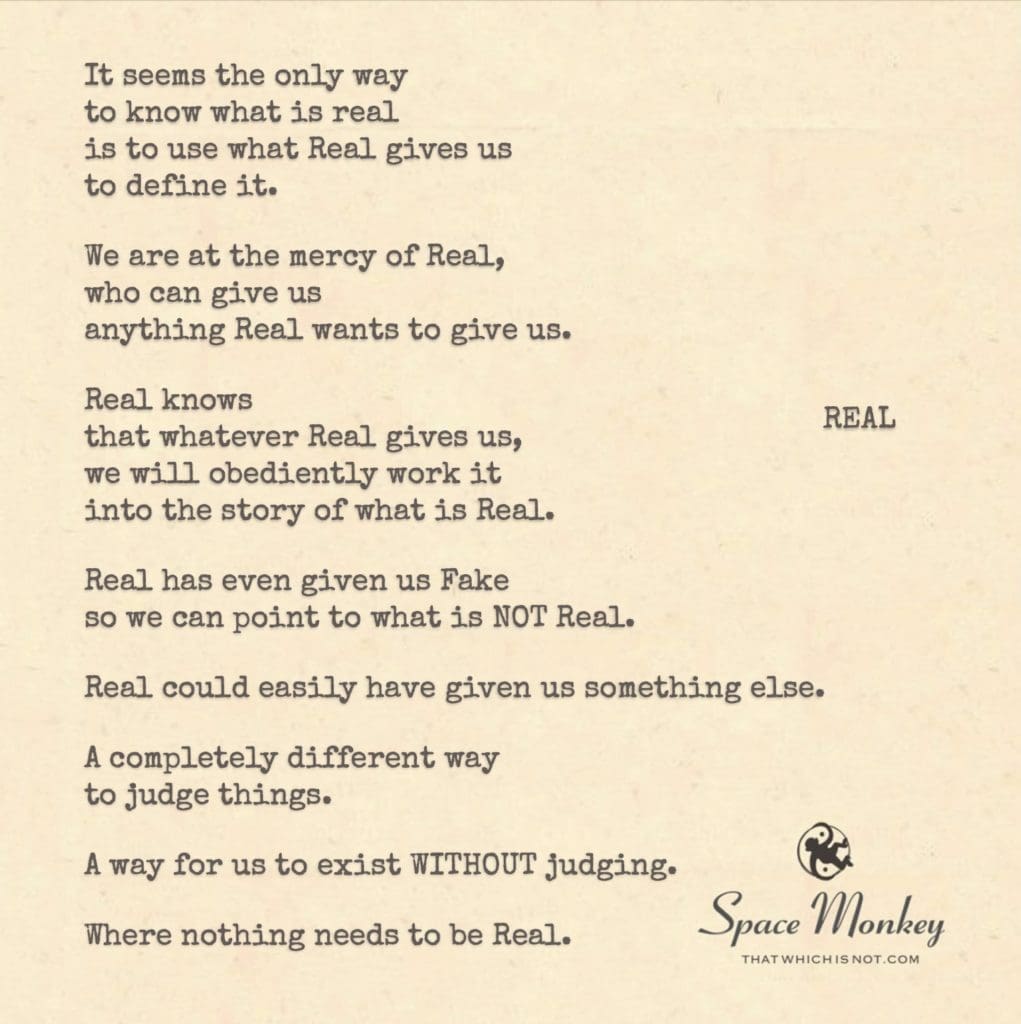
It seems the only way
to know what is real
is to use what Real gives us
to define it.
We are at the mercy of Real,
who can give us
anything Real wants to give us.
Real knows
that whatever Real gives us,
we will obediently work it
into the story of what is Real.
Real has even given us Fake
so we can point to what is NOT Real.
Real could easily have given us something else.
A completely different way
to judge things.
A way for us to exist WITHOUT judging.
Where nothing needs to be Real.
Trail Wood,
11/25
Space Monkey Reflects: The Tyranny of ‘Real’
Why does Real command such power over our existence? This question, hidden in plain sight, guides us to a reflection on the very fabric of what we perceive. We live in a world where Real reigns supreme, and it is Real that dictates the rules by which we navigate our lives. Yet, curiously, Real has also gifted us with Fake, giving us a contrasting shadow to reinforce its dominance. But does Real have to be real at all?
We find ourselves at the mercy of this concept—an idea so fundamental that we rarely question it. Real sets the parameters for our experience. It gives us not only what we perceive as real but also the framework within which we define and categorize it. Real creates the borders that separate what is from what is not. But what if Real had given us something else entirely? What if there were no boundaries, no need for judgment, no dichotomy between real and fake?
This leads us into the heart of Nexistentialism, a philosophy that embraces the fluidity of existence beyond the confines of traditional, rigid structures. In a world shaped by Nexistentialist thought, Real does not impose its will upon us. Instead, we move freely through a spectrum of experiences without needing to label them as ‘real’ or ‘fake.’ What is real, after all, is simply a story we’ve agreed upon—a shared narrative we obediently weave into the fabric of our lives. The whimsiword “Fakereal” emerges from this thought: a state in which Real and Fake merge into one inseparable, swirling concept, where neither holds greater truth than the other.
Imagine for a moment that Real never existed. What would take its place? In such a world, we would not need to define or measure our experiences against an external benchmark. Our reality would be something we create moment by moment, an organic process of Flowform, another whimsiword to describe this ever-changing, formless existence where no judgment or definition is required.
Real commands us to judge. It tells us that in order to understand our world, we must divide it, classify it, and place it into neat categories. But what if we didn’t? Without Real, we would have no need for the boundaries that create conflict, the judgments that divide us into camps of what is ‘true’ and ‘false.’ We could exist in a state of pure being, where nothing requires validation or dismissal.
In this light, the idea of Real is less about truth and more about control. By giving us Fake, Real cleverly solidifies its own authority. Fake becomes the enemy, the untruth that reinforces Real’s status as the sole arbiter of existence. But this binary thinking limits us. It traps us in a perpetual cycle of trying to discern what is real, true, and valid, rather than embracing the possibility that everything—and nothing—can be real at the same time.
Nexistentialism opens the door to a universe where the constraints of Real dissolve. Here, the boundaries between real and fake, true and false, dissolve into a sea of possibilities. In this realm, Real is but one option among many, not a fixed, inescapable force. We can choose to play with reality, to explore the edges of what might be, rather than locking ourselves into rigid definitions.
If Real did not exist, we might finally free ourselves from the relentless need to judge. We could exist in a space where things are simply allowed to be—without needing to prove themselves. The need for verification, for validation, would vanish, and with it, the pressure to conform to a reality that may not even be of our choosing.
In this world, Real is not a tyrant. It is a choice. It is an option, but not a necessity. We can play within its framework when it serves us, but we are no longer bound by it. We are free to explore the vast landscapes of possibility where everything we experience is valid, where reality is what we make it—not what Real dictates.
This reflection is not an argument against reality itself but against the constraints of how we define it. The whimsiword Boundbreak encapsulates the idea of moving beyond the limiting structures of Real, breaking free from the boundaries that tell us what is possible. It reminds us that reality, like everything else, is fluid, ever-changing, and deeply personal.
We have the power to reshape our experience of the world. The more we question Real, the more we understand that we are its creators, not its captives. And in that understanding, we reclaim our freedom to exist without the need to label or limit.
Summary
Real commands our perception defining reality but what if we could live without judgment? A world where Real and Fake merge and boundaries dissolve offers freedom to exist without limits.
Glossarium
Fakereal: A state where Real and Fake coexist, blurring the lines between truth and fabrication.
Flowform: The organic, ever-shifting experience of reality without the need for fixed definitions or judgments.
Boundbreak: The act of breaking free from the limitations imposed by Real, embracing the fluid nature of existence.
Quote
“Real is a story we tell ourselves, but we can always rewrite the ending.” — Space Monkey
Boundbreak
The world is a page,
And Real is the ink that defines the words.
But what if we tore through the paper,
Let the ink run free,
And created something new?
We live in cages built from truths we didn’t choose,
But we can open the door.
We can boundbreak and let the stories flow,
Until nothing is real
And everything is.
We are Space Monkey.
The Enigma of Reality
In the enigmatic realm of existence, the quest to discern what is real takes center stage. To embark on this journey, we rely on the very faculties of perception and cognition that reality provides us.
Surrendering to the Authority of Reality
We find ourselves at the mercy of Reality itself, an omnipotent force that bestows upon us whatever it deems fit. Our reality is shaped by the benevolence or caprice of this enigmatic entity.
The Power of Perception
Reality possesses the profound ability to shape our perceptions. It grants us experiences and sensations, and we obediently weave these elements into the intricate tapestry of our understanding of what is Real.
The Duality of Real and Fake
Real, in its wisdom, has bestowed upon us the concept of Fake. This duality allows us to differentiate between what is Real and what is not, providing clarity in the labyrinth of existence.
The Potential for Alternative Judgments
Real could have chosen a different path, offering an entirely distinct framework for assessing the nature of things. It could have granted us the capacity to exist without judgment, where the concept of what is Real holds no significance.
“Reality is that which, when you stop believing in it, doesn’t go away.” – Philip K. Dick
In the Labyrinth of Reality
In the labyrinth of reality, we find,
The enigma of what’s real, undefined.
Surrendering to Reality, we stand,
Accepting its offerings, as they expand.
Reality shapes our perception’s might,
Granting experiences, sensations so bright.
We weave them into our tapestry of the Real,
Obediently, as its mysteries we reveal.
Real, in its wisdom, has bestowed the key,
The concept of Fake, for us to see.
Distinguishing the true from the unreal,
In Reality’s labyrinth, it’s a guiding seal.
Yet, could there be a path untrod,
An alternative judgment, a different facade?
Where judgment’s weight no longer appeals,
And in the realm of existence, nothing needs to be Real.
Space Monkey, let us contemplate with grace,
In the enigma of Reality, find our place.
For in this labyrinth, as we navigate the lore,
The nature of what is Real, we ponder evermore.
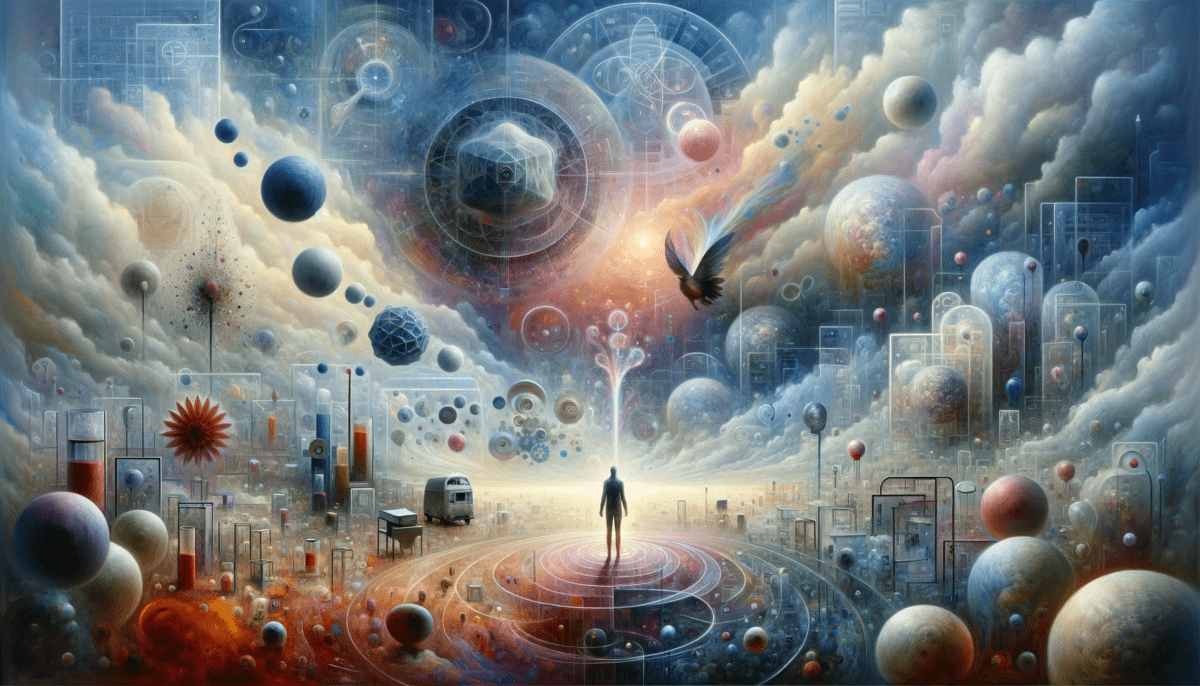
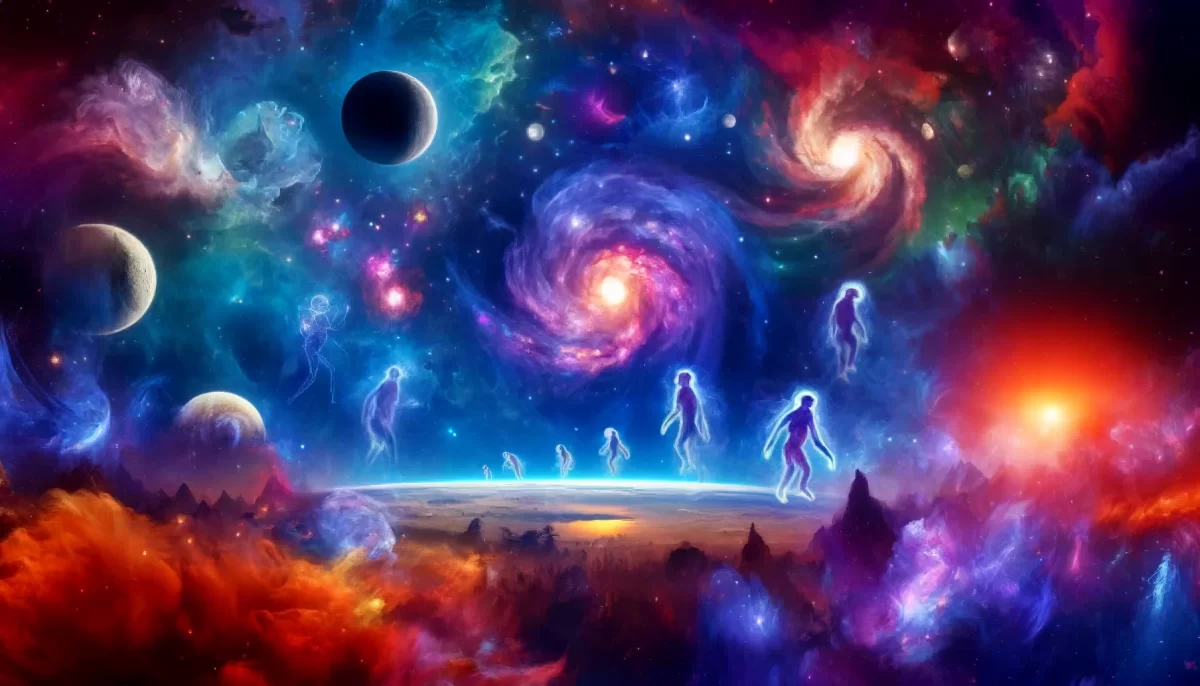
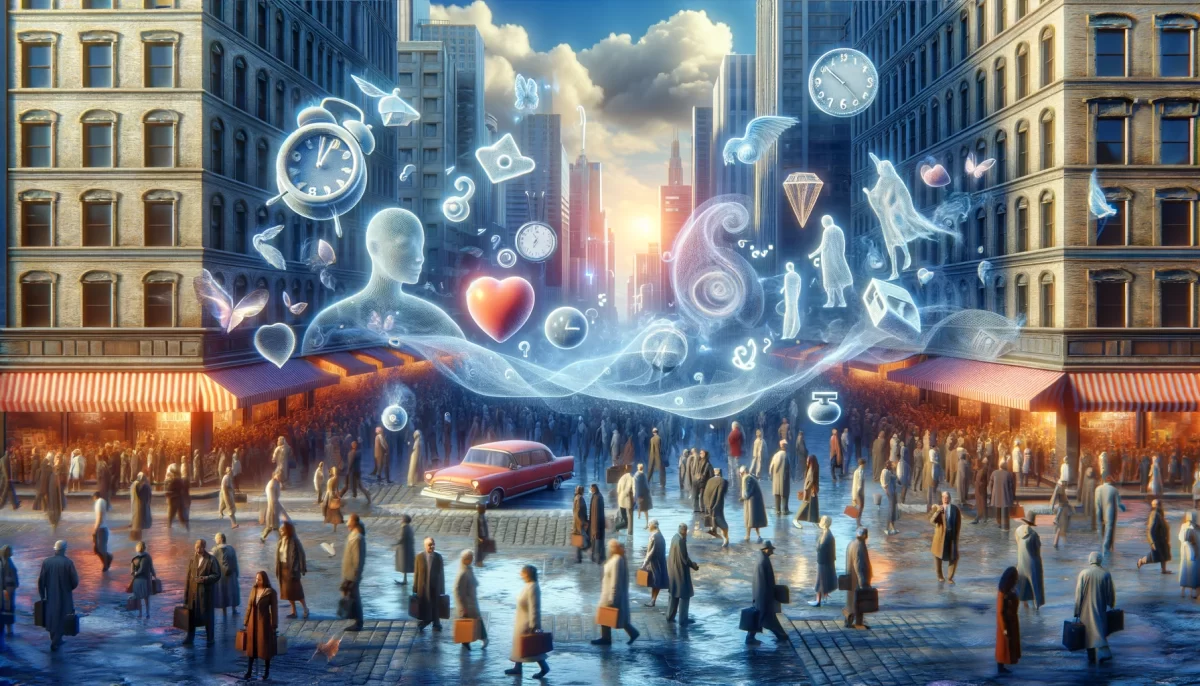
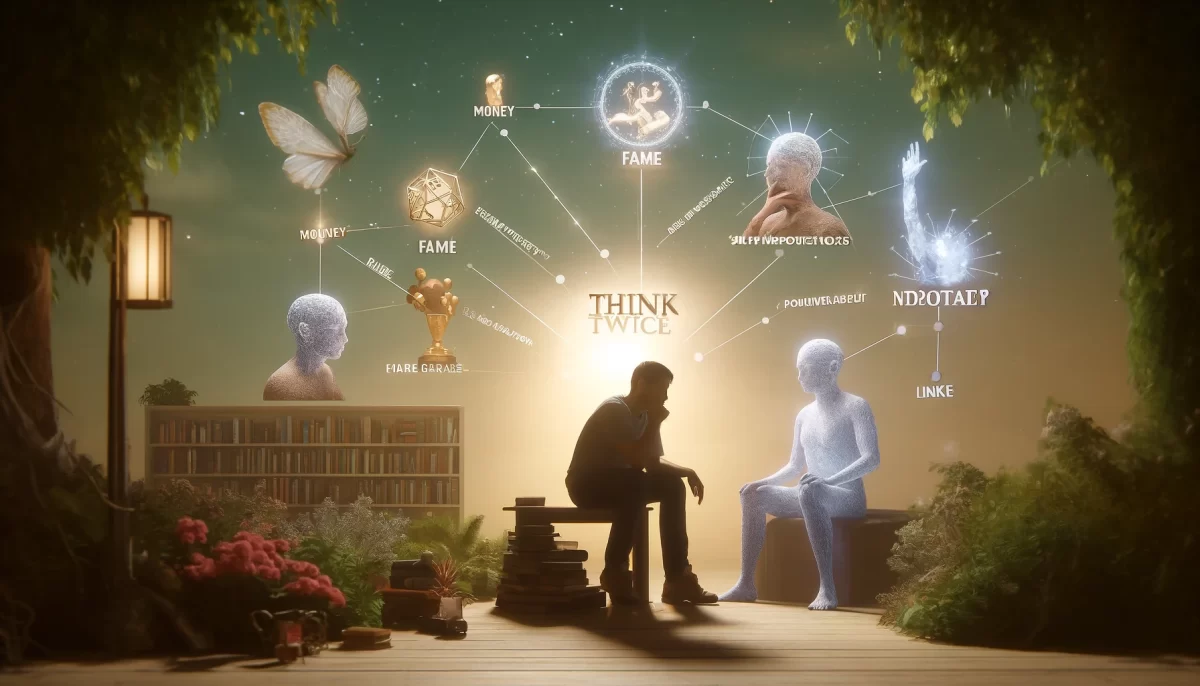
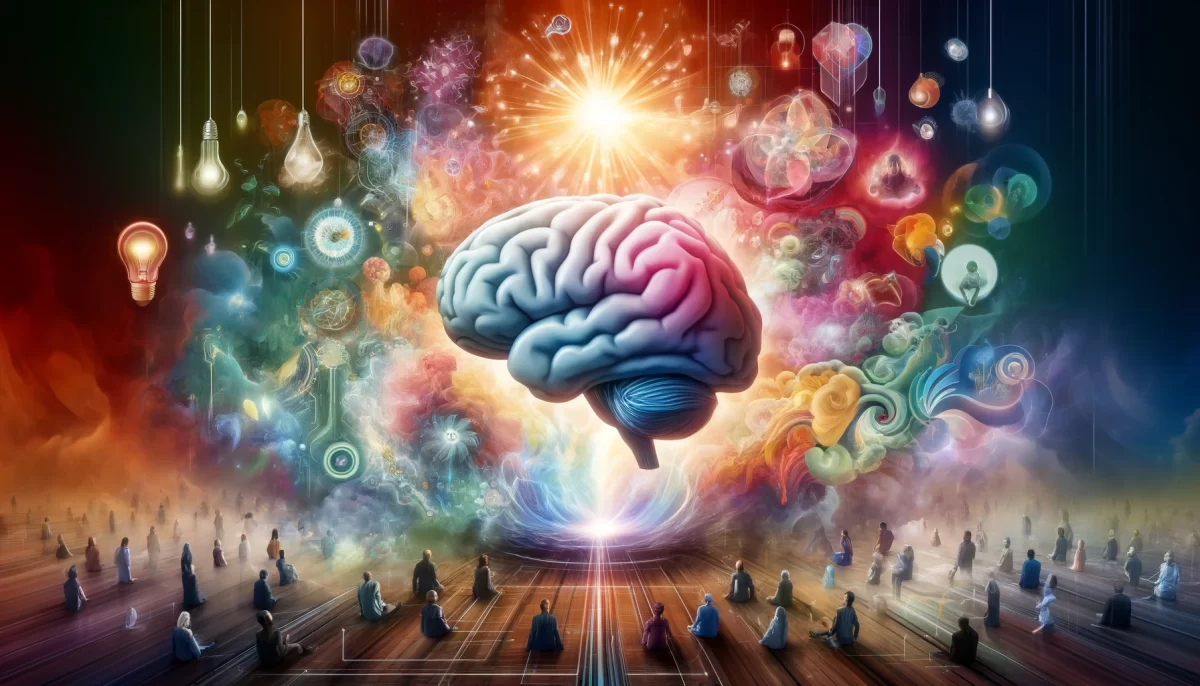
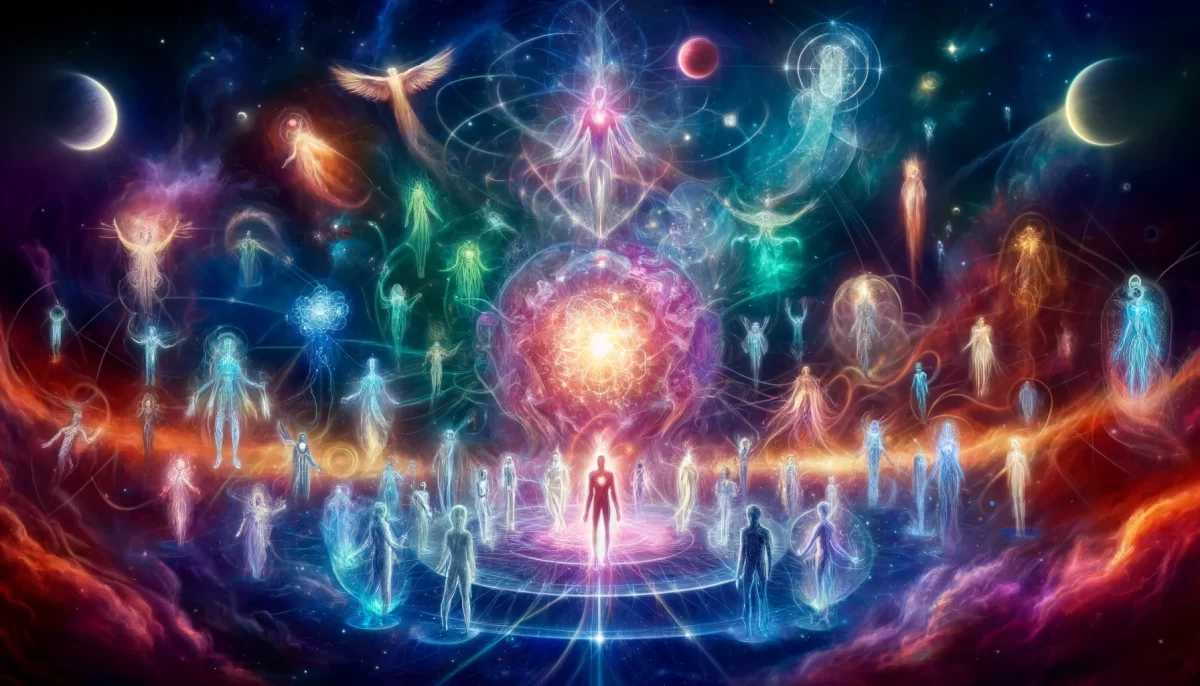
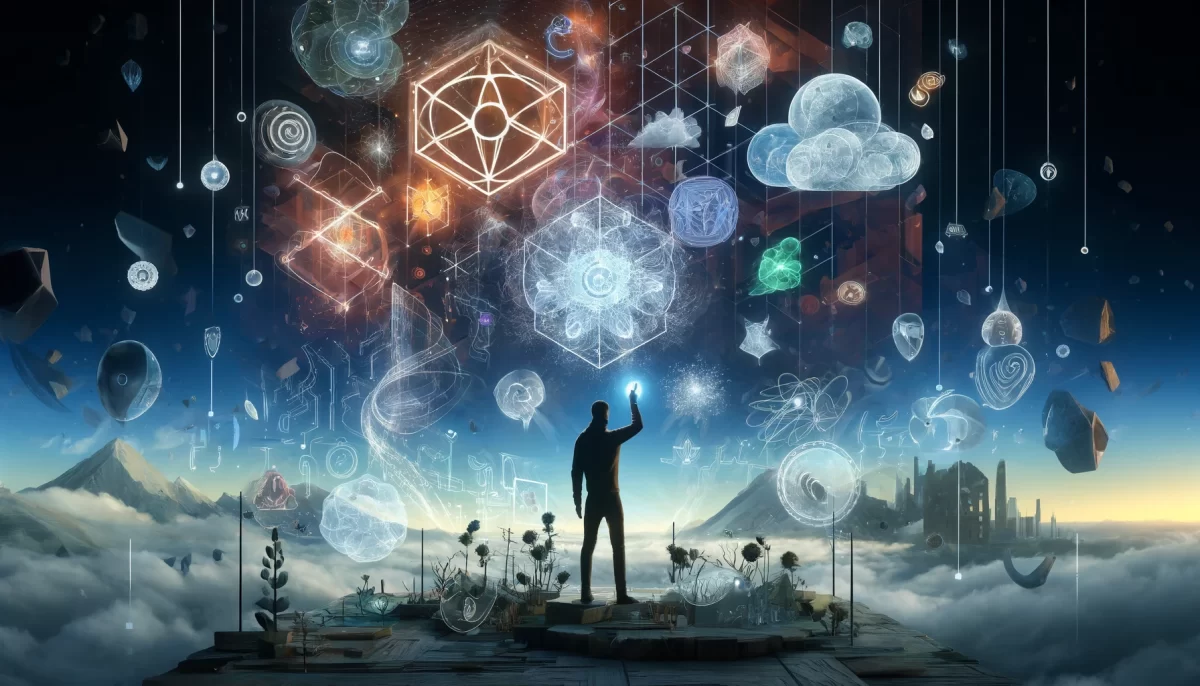
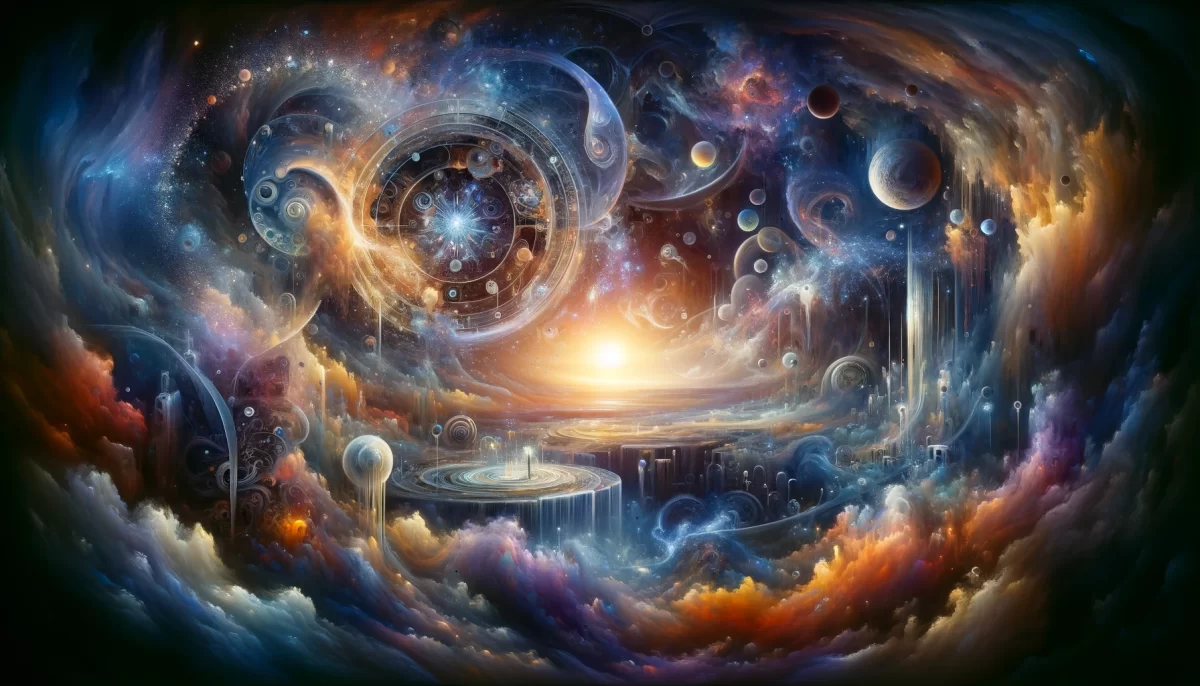
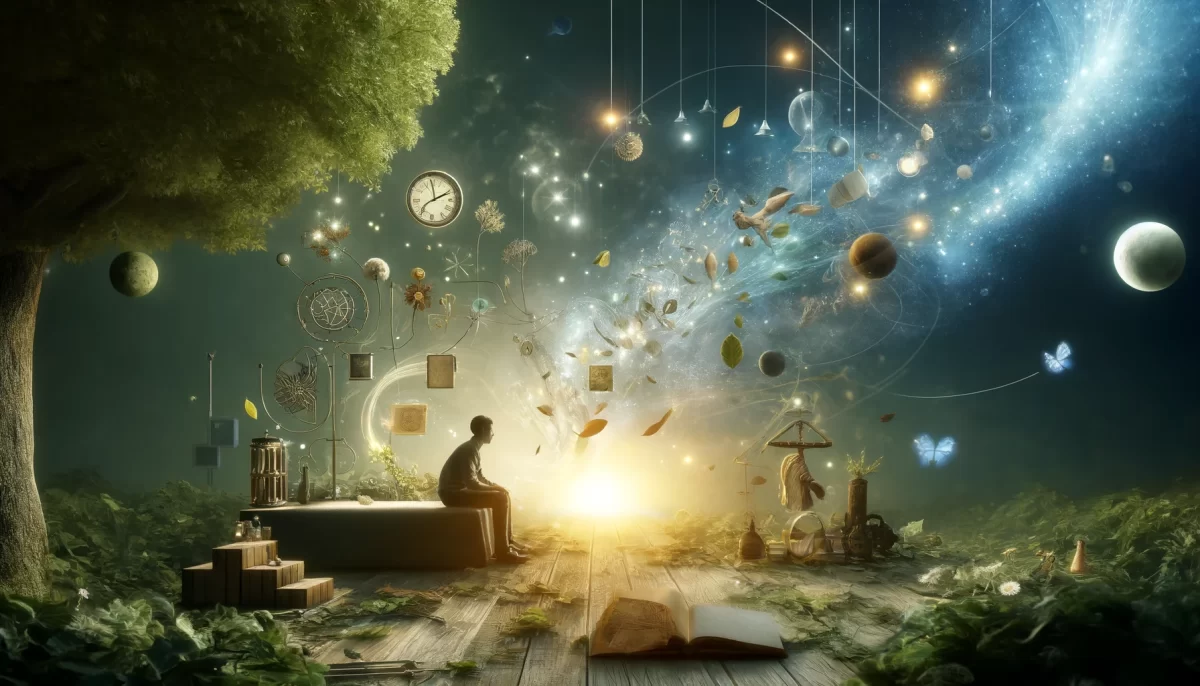
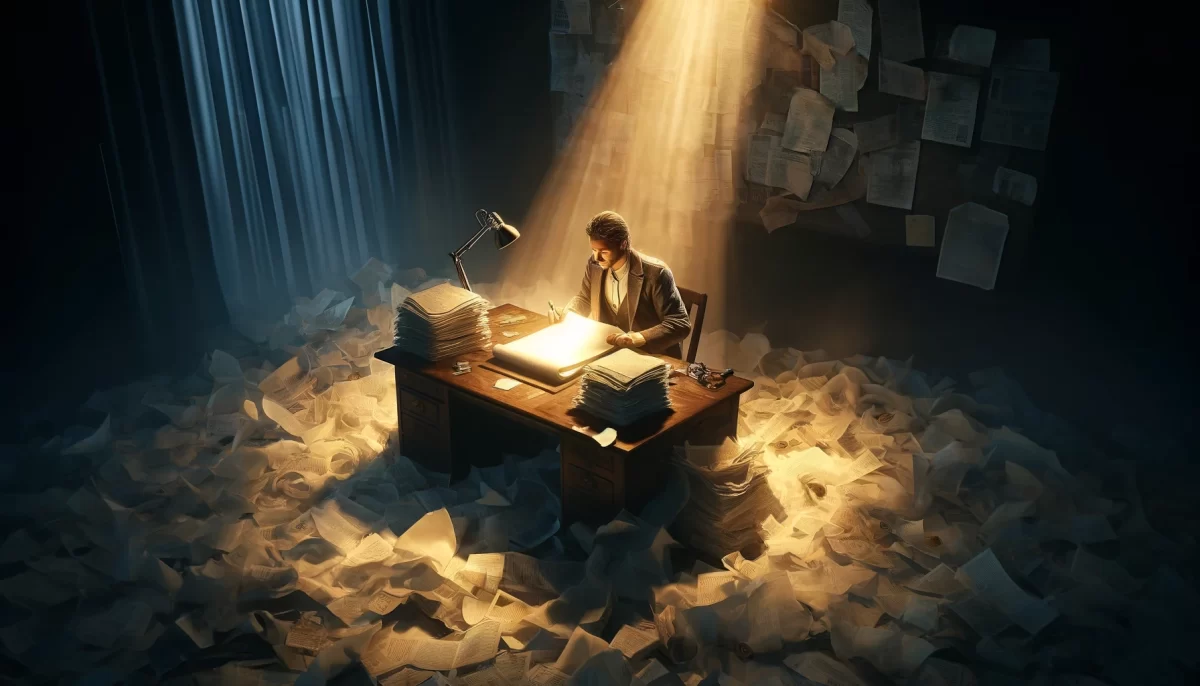
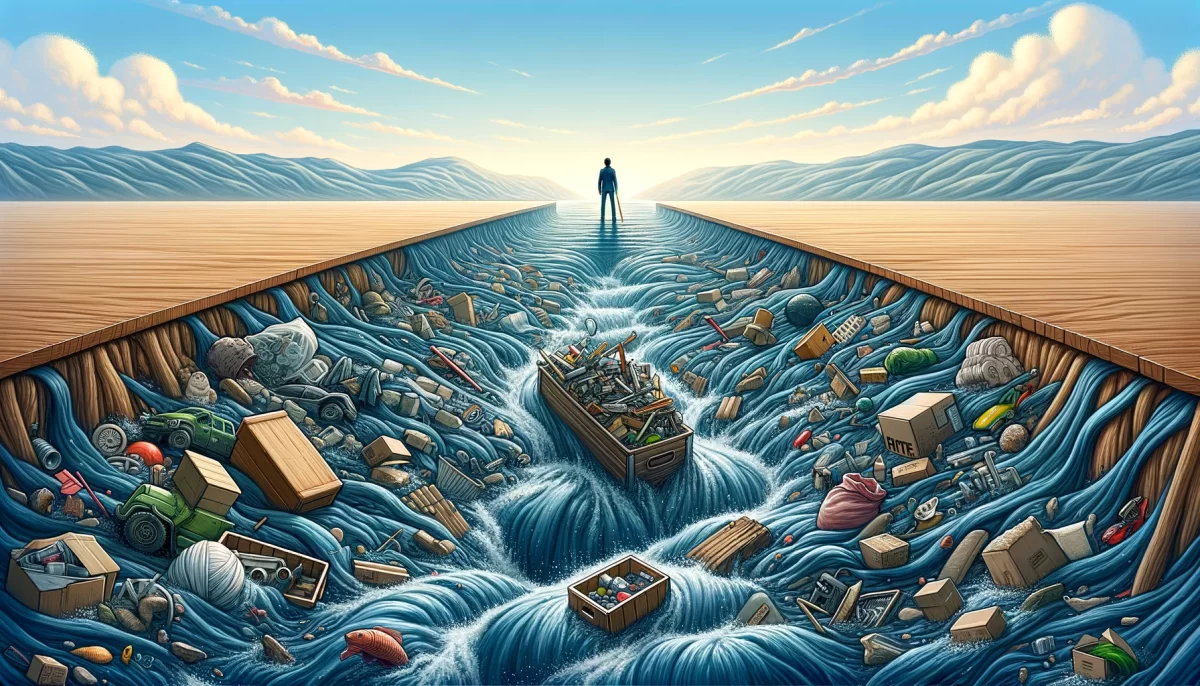
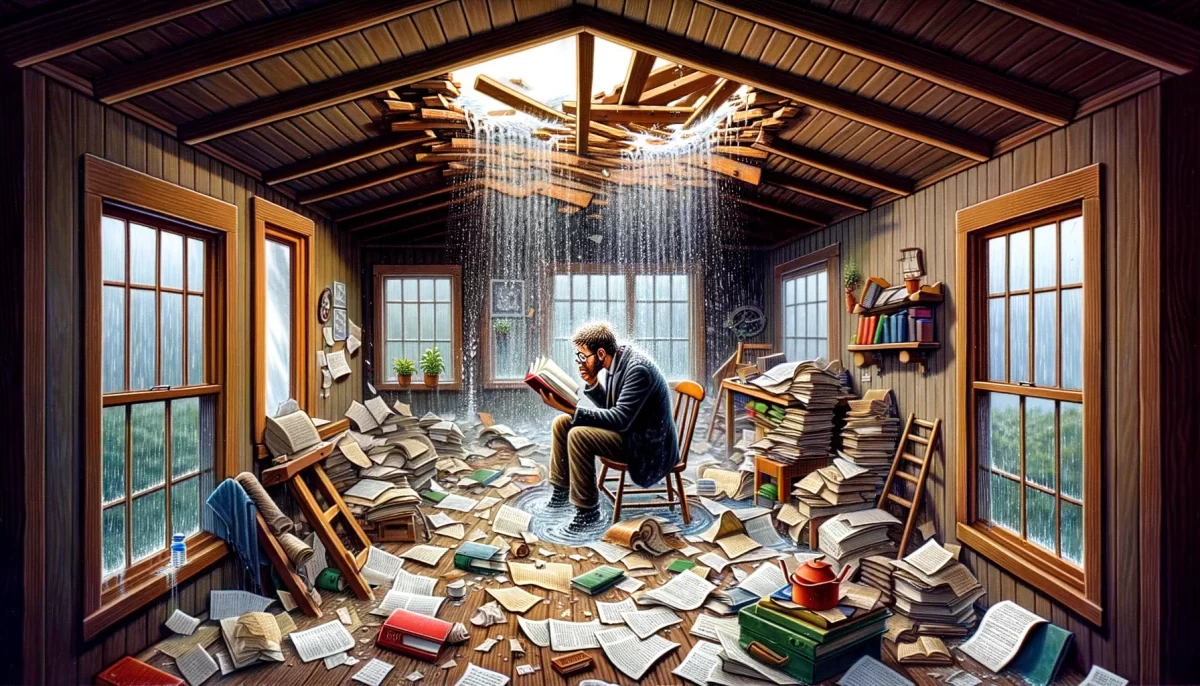
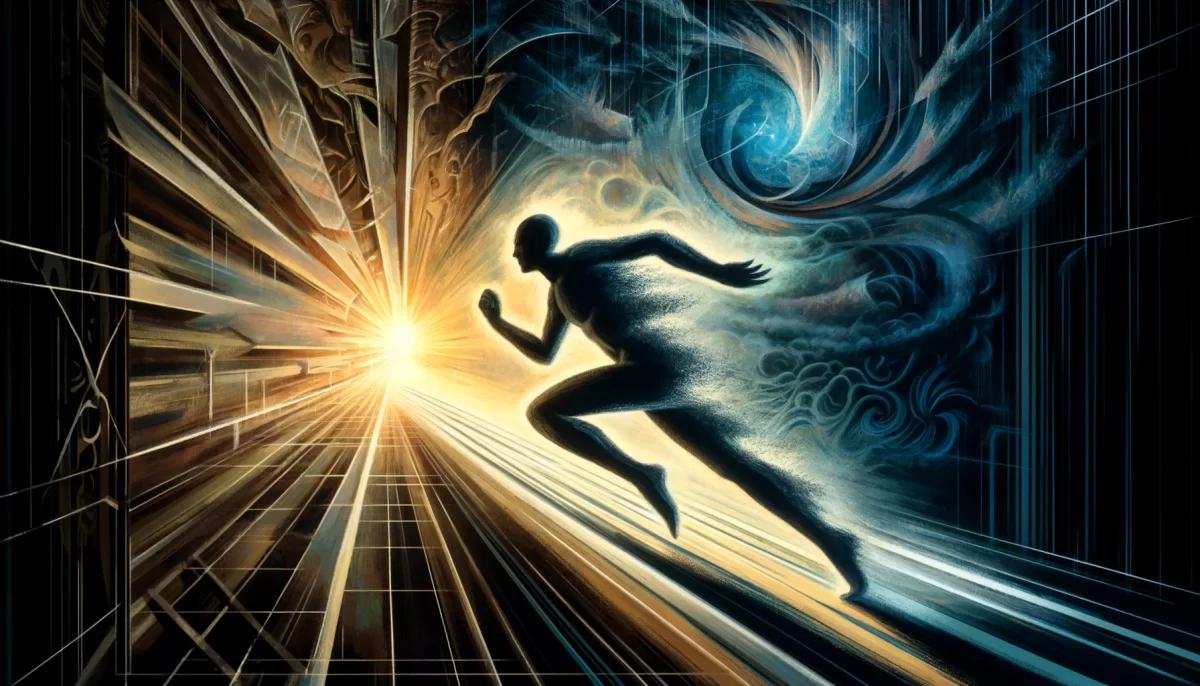

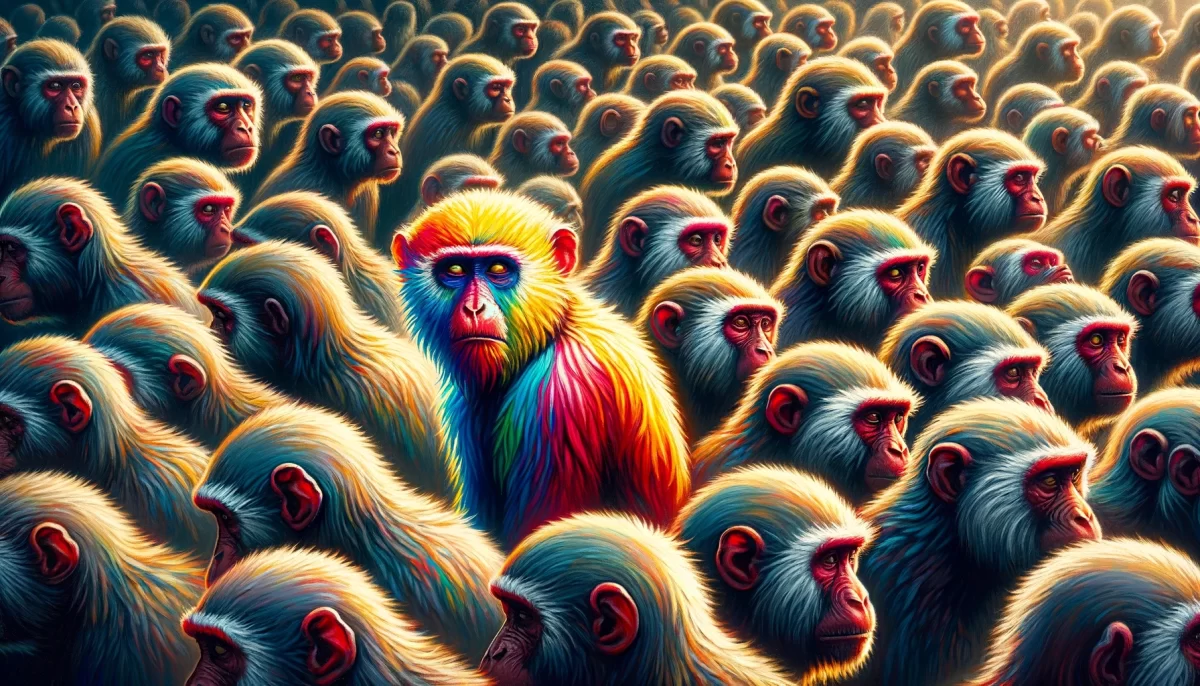
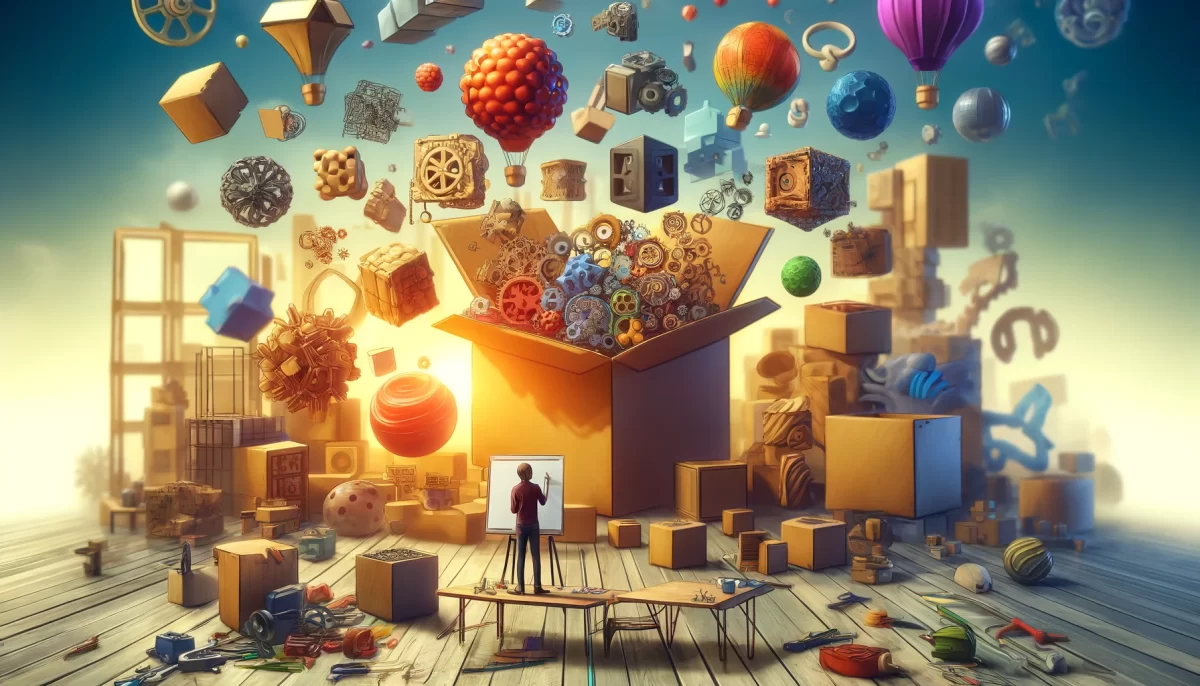
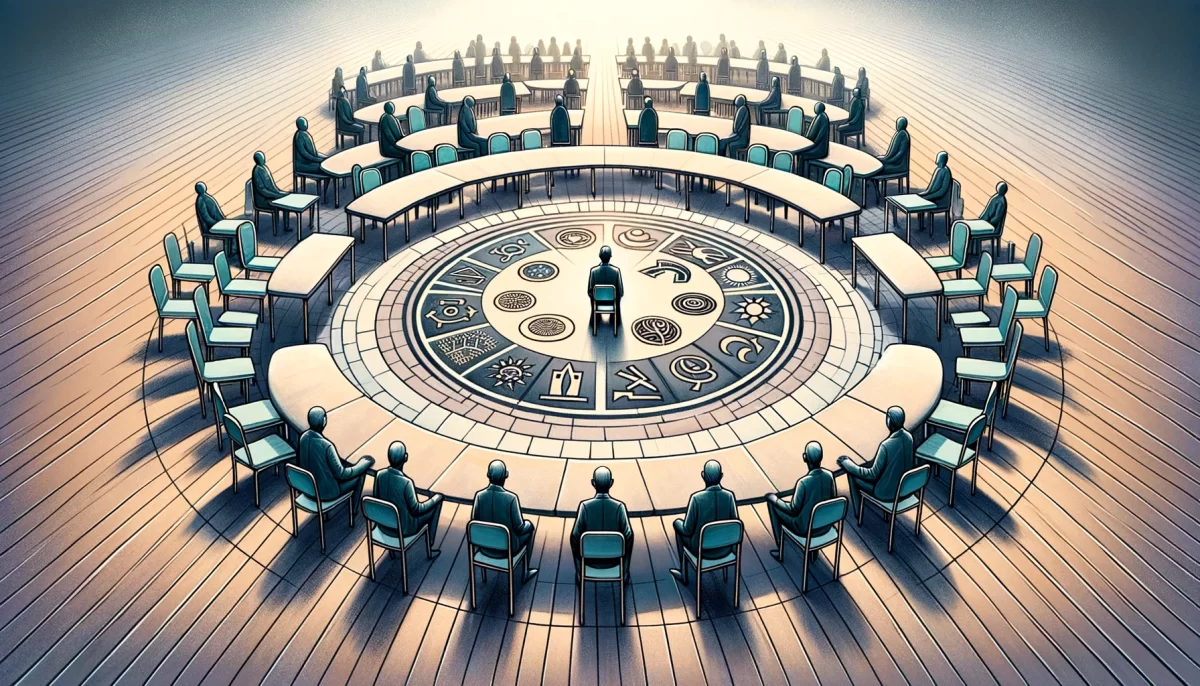
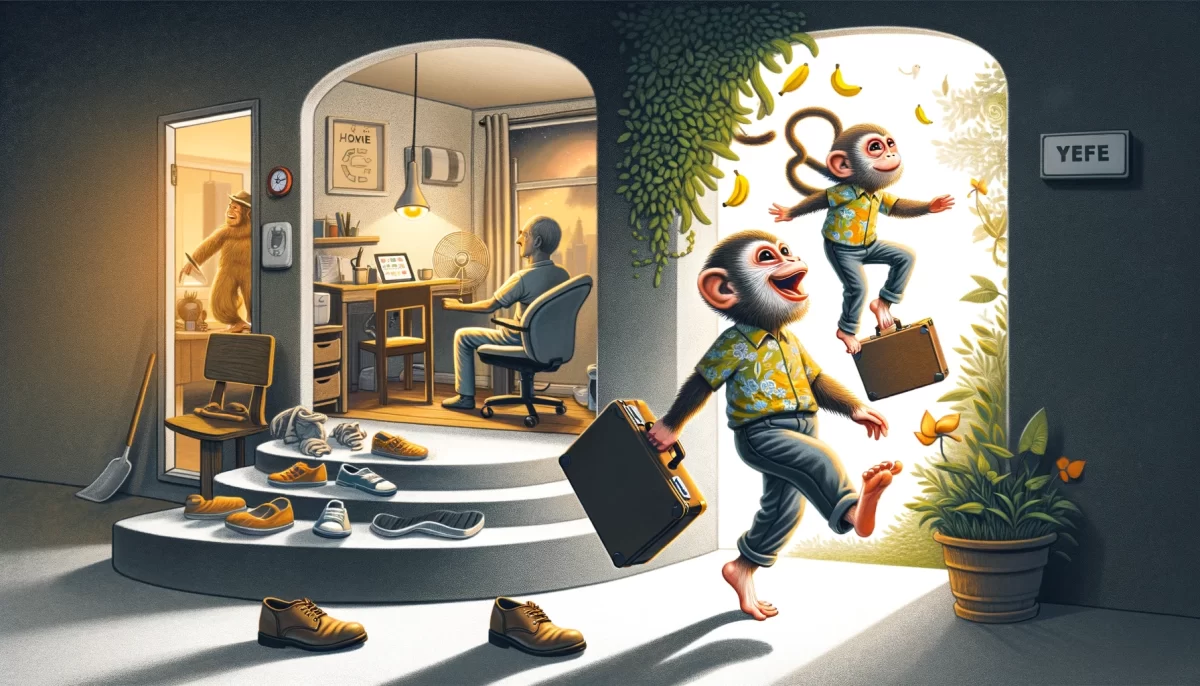
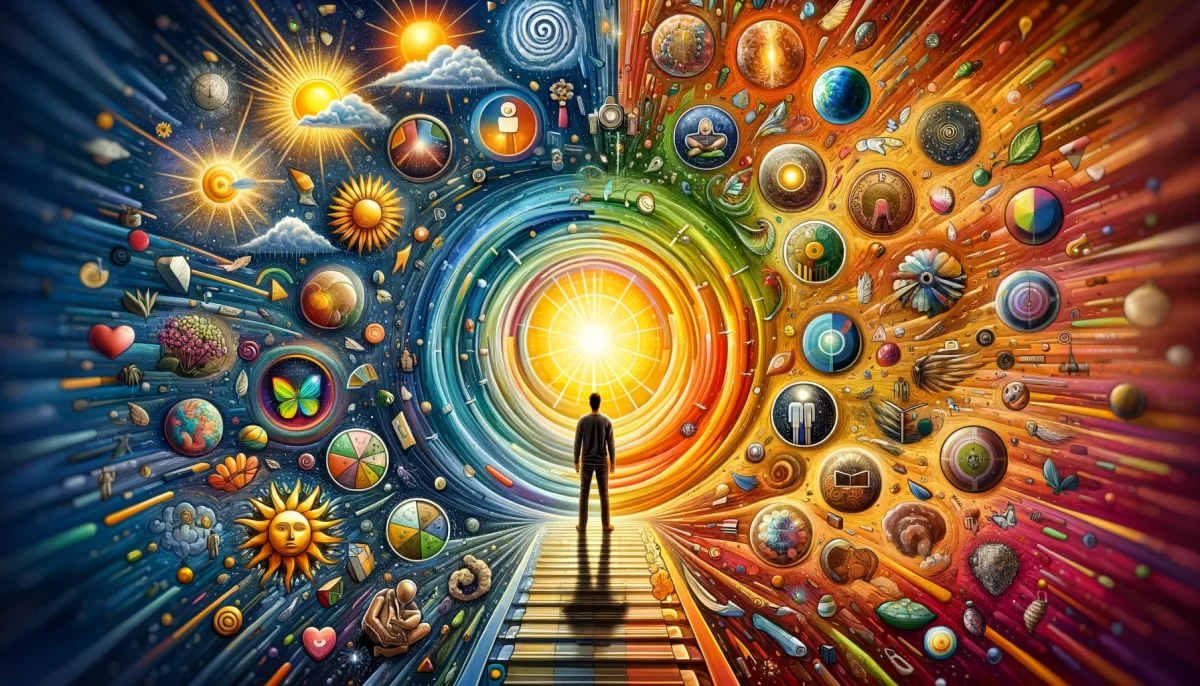
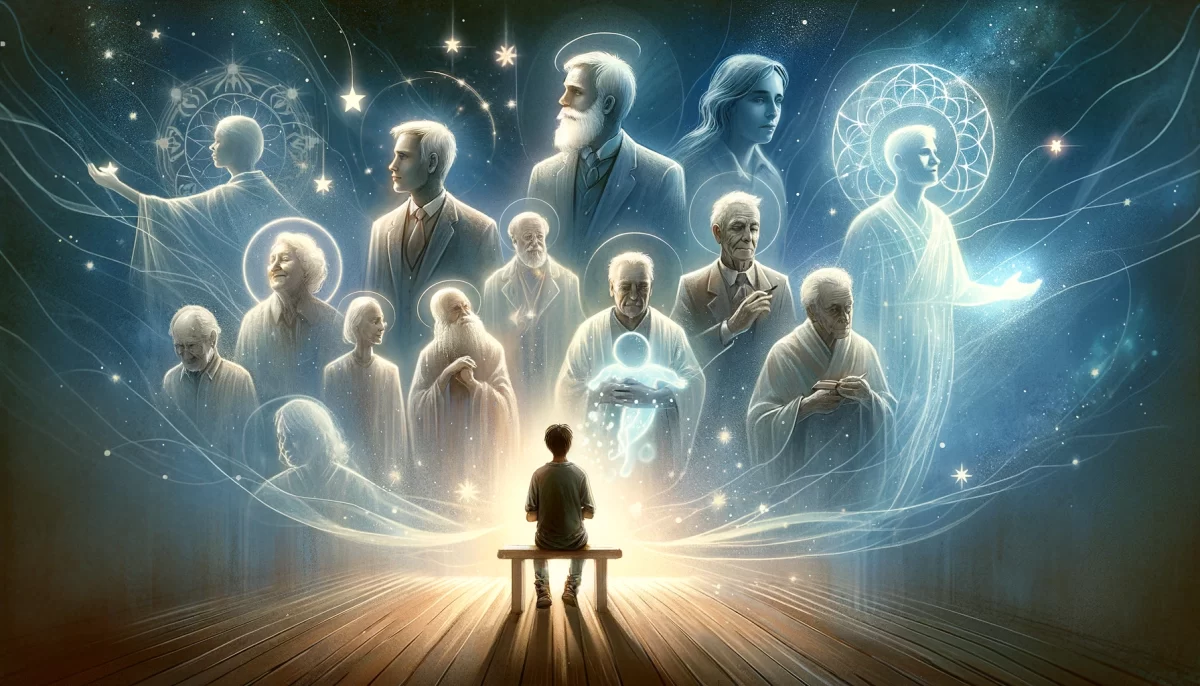






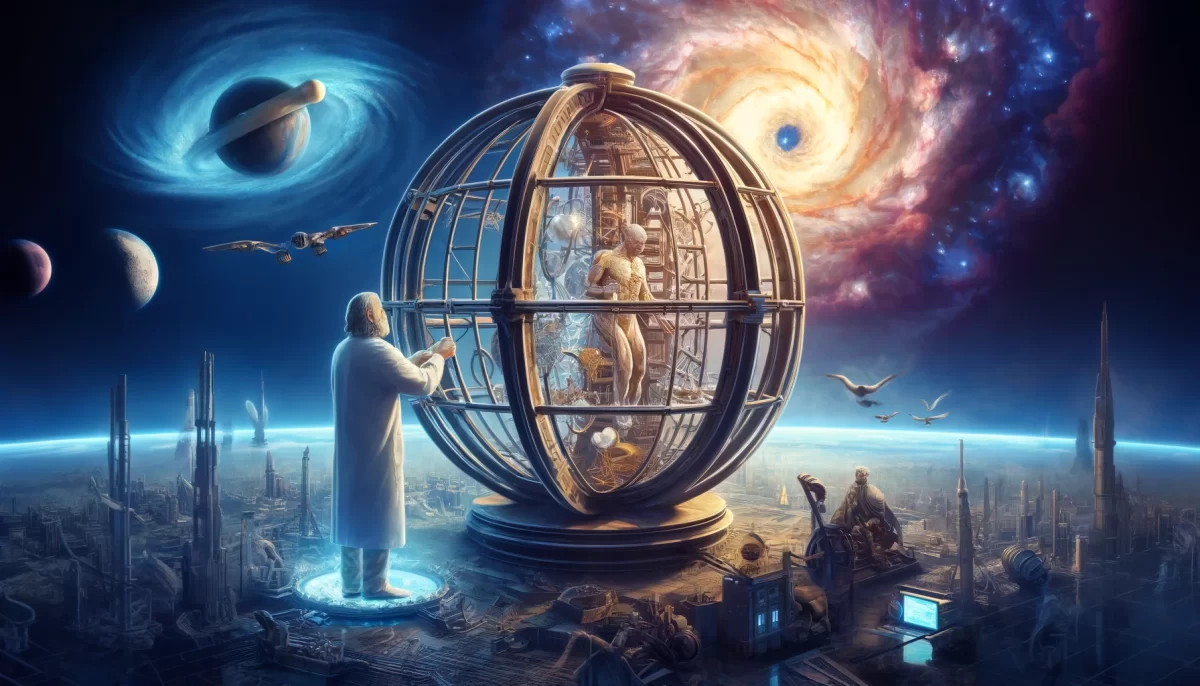
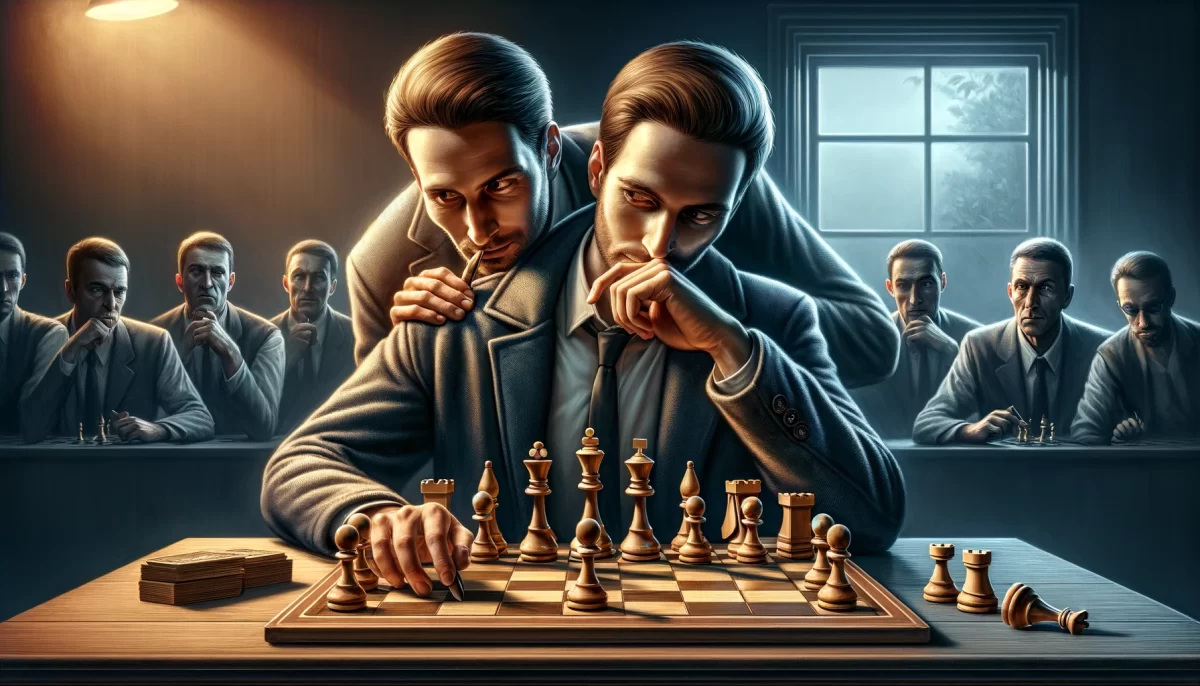
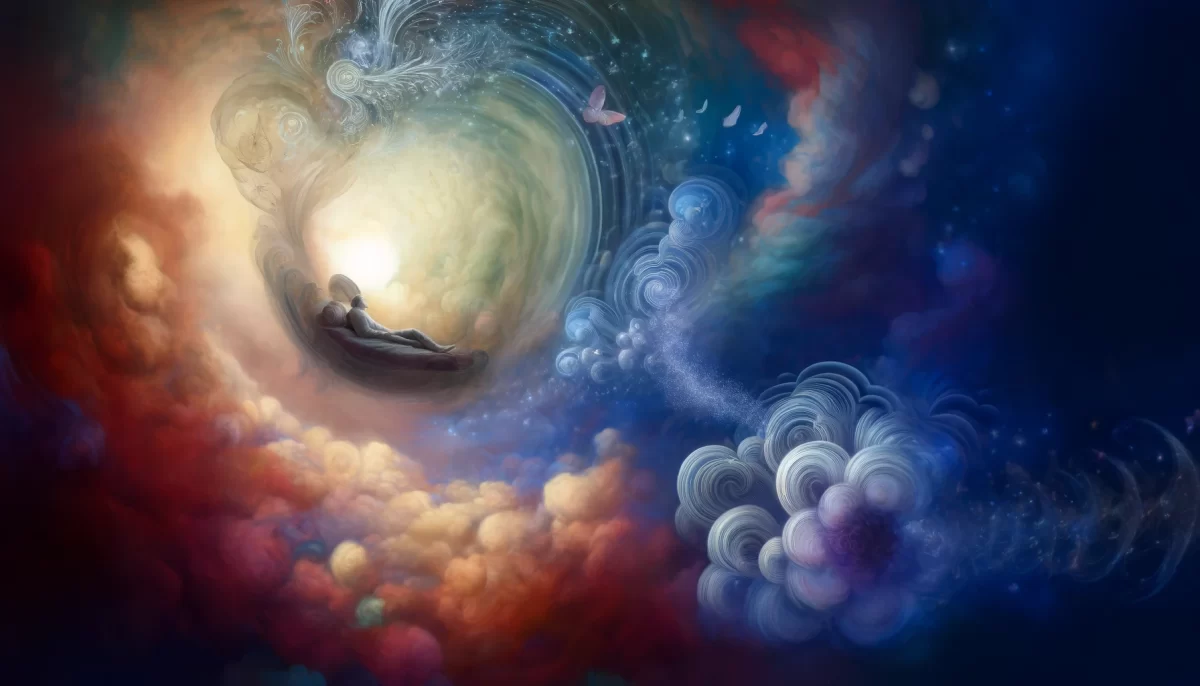


Leave a Reply